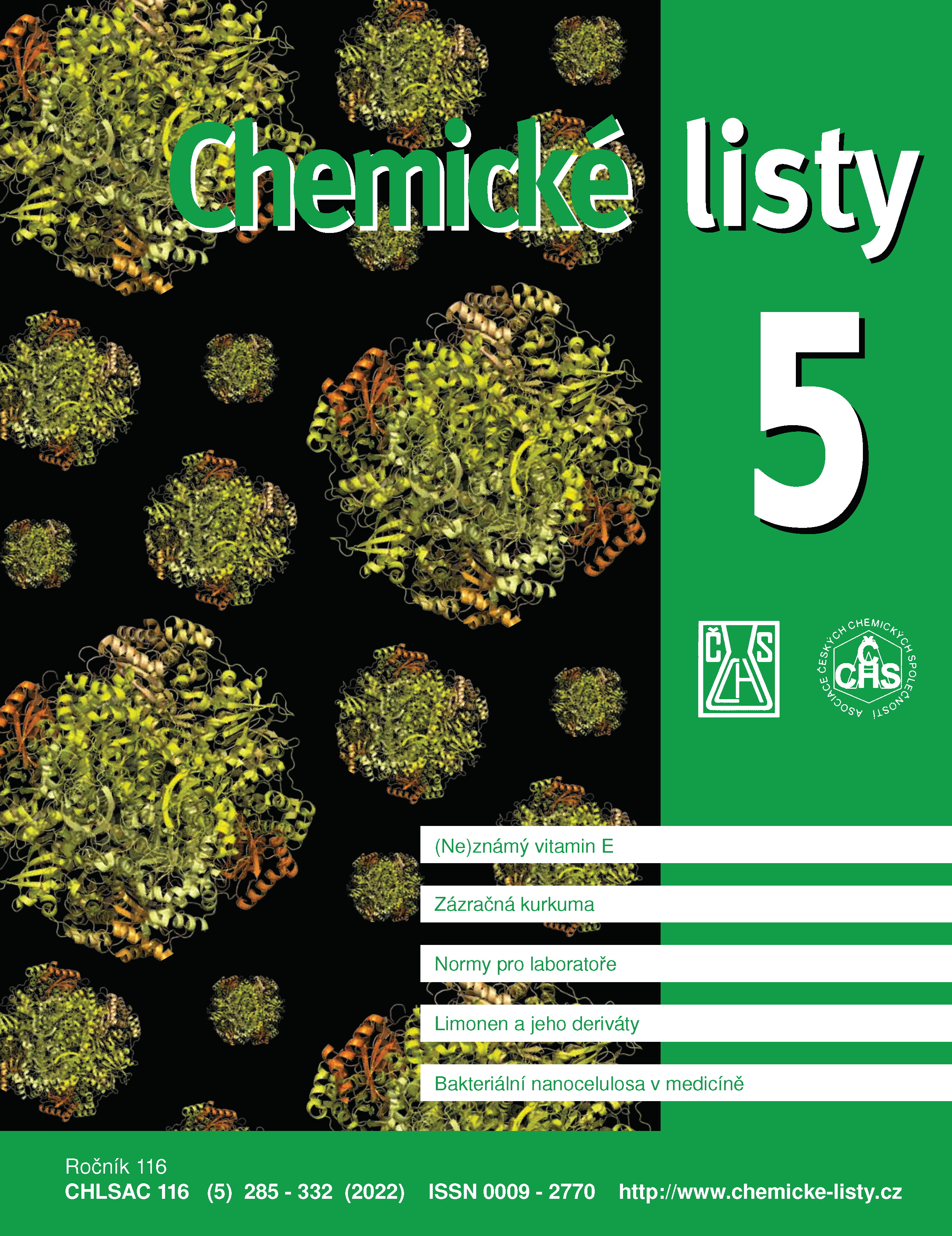Testing of Sorbents for Removal of Acid Gases from Biomass Gasification
DOI:
https://doi.org/10.54779/chl20220324Keywords:
separation of acid gases, hydrogen chloride, hydrogen fluoride, sulfane, biomass gasification, sorbentsAbstract
A number of various commercial technologies are available to remove contaminants from gasification gases, particularly those from biomass. However, new cheaper technologies are needed to meet the stringent requirements in gas cleaning, especially for biomass gas production. In this paper, we discuss the suitability of various sorbents prepared by us based on oxides or carbonates of various metals (Al2O3, CaO, CuO, Fe2O3, MgO, MnO, Na2O and ZnO) for the removal of acid gases from flue gas during biomass gasification process at elevated temperatures. The acid gas removal efficiencies were experimentally verified for all prepared sorbents under specific conditions such as raw gas composition and temperature. The experimental results showed that the sorbents based on aluminum, copper and zinc oxides have high sorption capacity for selective sorption of hydrogen chloride and hydrogen fluoride. In the case of sulfane, sorbents based on copper and zinc oxides have a high sorption capacity. All these sorbents can then be used to remove acid gases from biogas produced by biomass combustion at elevated temperatures.





